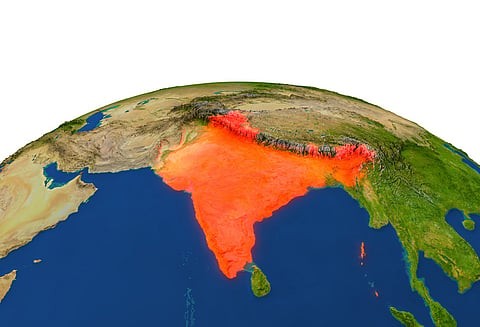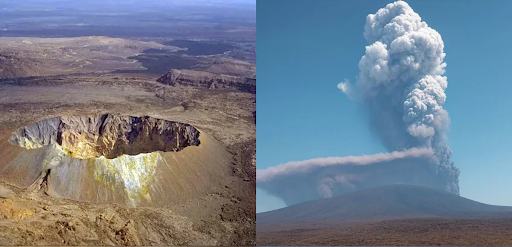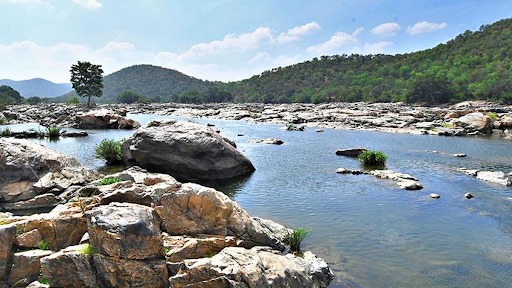




Disclaimer: Copyright infringement not intended.
New images from the North Sea show never-before-seen landforms that were carved by a single, colossal ice sheet 1 million years ago and subsequently buried beneath a thick layer of mud.
Major rivers that drain into the North Sea include
|
Elbe |
Weser |
Ems |
Rhine |
Meuse |
Scheldt |
Thames |
Sources:
|
PRACTICE QUESTION Q. Recently, scientists discovered massive Ice Age landforms deep beneath the North Sea. With reference to this discovery, consider the following statements:
Which of the statements given above is/are correct? (a) 1 and 2 only (b) 2 and 3 only (c) 1 and 3 only (d) 1, 2 and 3 Answer: (c) Explanation Statement 1 is correct Scientists used high-resolution seismic data to detect the landforms buried under approximately 1 kilometer of sediment. Statement 2 is incorrect The discovery suggests the presence of a single massive ice sheet, rather than multiple small ice sheets, covering the region around 1 million years ago. Statement 3 is correct The findings contribute to a better understanding of glacial processes and Earth's climate history, shedding light on ancient ice sheet movements. |






© 2025 iasgyan. All right reserved